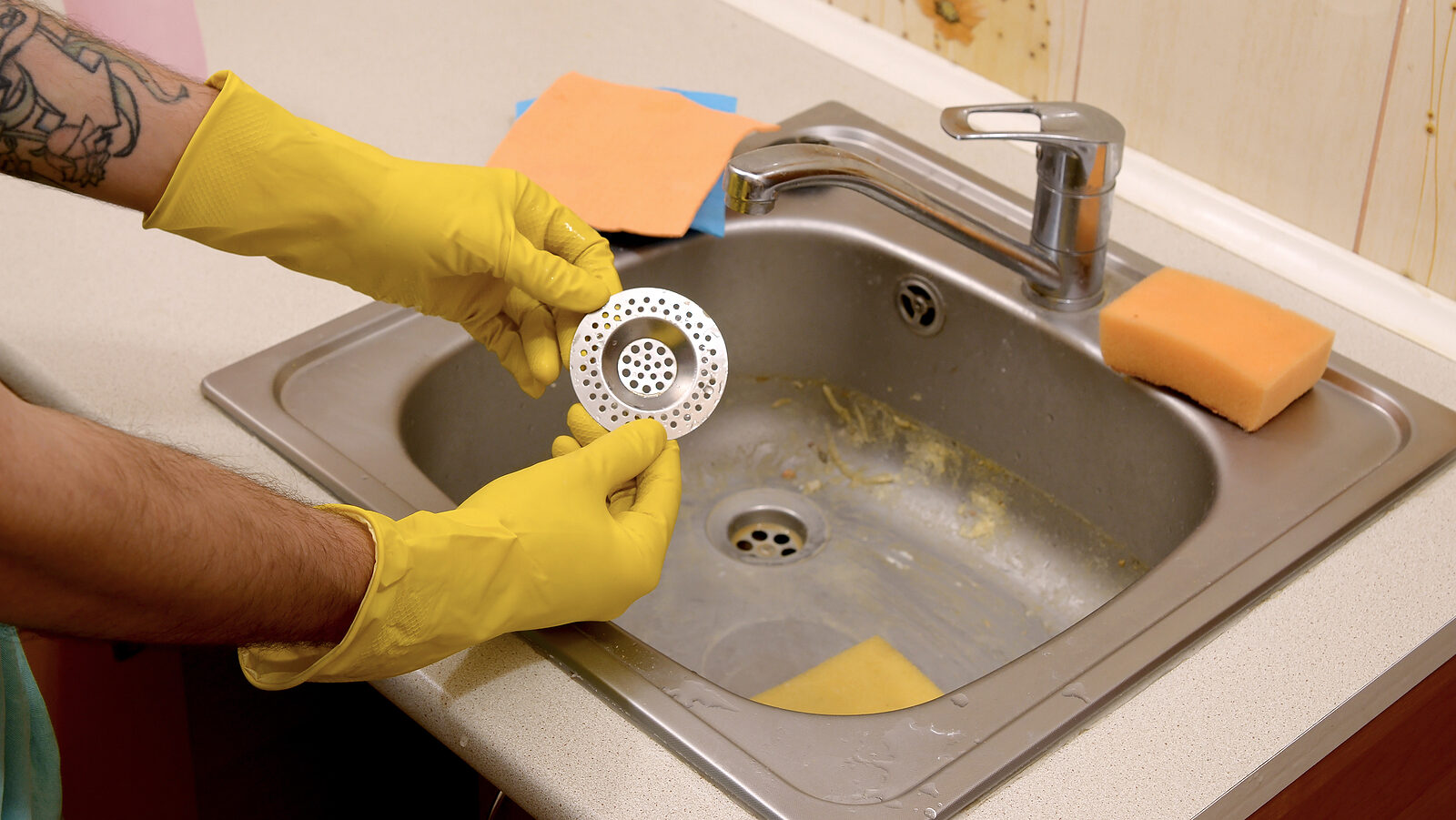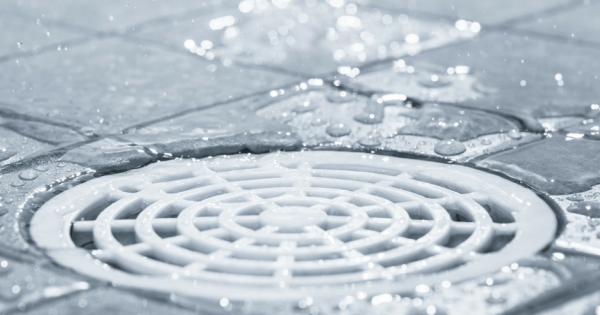Guidelines for Addressing a Blocked Drain Prior to Calling Professional Plumbers
Guidelines for Addressing a Blocked Drain Prior to Calling Professional Plumbers
Blog Article
Everybody may have their personal way of thinking on the subject of How to handle a clogged drain in your home.

Introduction
Managing an obstructed drainpipe can be a discouraging experience, disrupting daily activities and potentially triggering damages to your residential property. Nonetheless, prior to reaching out to pipes experts, there are steps you can take to address the problem on your own. In this guide, we'll check out DIY solutions and safety nets to tackle a blocked drain efficiently.
Recognizing the Concern
The initial step in dealing with an obstructed drain is identifying the indicators. Slow-moving water drainage, gurgling sounds, foul odors originating from drains pipes, or water support up are common signs of an obstructed drainpipe. Recognizing these indicators early can assist stop better difficulties.
Selecting the Right Pipes Solution
When choosing a pipes service, take into consideration variables such as experience, licensing, and customer reviews. Select a reputable plumbing with a track record of quality craftsmanship and transparent prices methods.
Price Factors to consider
The cost of professional drain cleaning company can vary depending on the intensity of the obstruction and the plumber's rates. Demand quotes from numerous carriers and ask about any type of surcharges to make sure transparency and prevent shocks.
Safety Precautions
When attempting do it yourself drain cleansing, prioritize safety and security. Wear safety handwear covers and eyeglasses to stay clear of contact with damaging chemicals or bacteria. Never ever mix various drainpipe cleaning products, as this can create unsafe fumes.
Instance Researches
Real-life instances highlight the efficiency of DIY solutions and the significance of prompt professional intervention in settling drain clogs.
Common Sources Of Obstructed Drainpipes
Understanding the elements that add to drain pipes obstructions is crucial for efficient resolution. Usual offenders include hair, soap scum, oil, food debris, and international items like hygienic products or paper towels. Tree roots getting into underground pipes can additionally cause substantial clogs.
Do it yourself Solutions
For minor obstructions, numerous do it yourself remedies can be effective. Putting boiling water down the drainpipe can aid liquify oil and particles. Sodium bicarbonate and vinegar or a mix of salt and cooking soft drink can act as natural cleaners. Utilizing a plunger or pipes snake to remove blockages is an additional option.
Tools and Tools
Having the right tools available can make do it yourself drain cleansing more efficient. A plunger is a versatile tool for removing clogs in sinks, toilets, and showers. A pipes serpent or auger can get to deeper obstructions, while drain cleaning chemicals can be used carefully for stubborn clogs.
Preventive Measures
To stay clear of future obstructions, adopting safety nets is critical. Set up drainpipe guards or strainers to catch hair and debris prior to they enter the pipes. Frequently flush drains pipes with hot water to dissolve oil build-up, and prevent throwing away grease or solid waste down the drain.
When to Call a Professional
While DIY remedies can fix small clogs, particular indications indicate the need for specialist help. Consistent blockages, foul odors regardless of cleaning up efforts, or numerous drains pipes backing up concurrently are red flags that necessitate professional intervention.
Final thought
By complying with the ideas outlined in this overview, you can properly take on blocked drains pipes and prevent future pipes concerns. Whether choosing do it yourself options or seeking expert aid, timely action is essential to keeping a healthy and balanced plumbing system and preserving the stability of your home.
WHAT I LEARNED FROM TRYING TO DEAL WITH A CLOGGED DRAIN
We have had our share of seepages and other annoying things that are part of living, especially in an apartment complex. And if there’s one thing that’s terrifying for a homeowner—or even someone in a rented home—it is a clogged drain, indoors or outdoors.
We enjoy our living space, but it’s simply a fact of life that dead skin, soap and a host of other items go down the drain; eventually, the residue builds up and prevents anything from moving. Ugh.
Not Calling A Professional
Of course, it might seem simple to just whip the pipe off under the sink and see if you can unblock it. Unfortunately, what if the blockage isn’t there, or you don’t reconnect it properly? Worse, you might break a piece and have no drainage system. Can you imagine that scene? Yuck!
Not Watching Your Waste
This will sound d’uh, but the best tip I can give you for drain cleaning is to avoid clogging the drain in the first place! You can do this by monitoring what goes down the drain and catching the items which are most likely to give you a problem. Invariably hair, vegetable peels, and large wads of toilet paper are the most obvious culprits. Add a filter—these are available in hardware stores and can be removed and cleaned easily.
Poking The Drain
The first urge with a clogged drain is to poke at it with a stick or anything that resembles a stick. Sadly, this does not result in magically solving the issue. The mental image is, naturally, one of the stick just pushing through the offending item and all is well again. Reality is quite different and unpleasant and likely to lead to further problems.
The thing is, every drain has a series of bends that are not visible to us. Drains are built this way to prevent gases from entering the house. What happens when you poke a stick into the drain? Of course, it can’t bend around the corner. The more adventurous people will use force and end up wedging the stick or causing it to break off in the pipe—creating an even bigger issue. Worst thing? The stick will shift the block further down the pipe, creating the space for more to collect. Go ahead! Roll your eyes!
Using The Wrong Plunger
You know what they say: the right tool for the right job! Did you know there are different types of plungers besides the basic one we keep at home for an emergency? Yes, there are. For example, the toilet plunger has a bell-shaped bottom while the sink plunger is flat. This is an important difference and using the wrong plunger will be useless. There’s also a knack in using plungers—they must be placed in such a way that they create an airtight seal and then, moved slowly up and down—not as fast as we imagine.
https://vidyasury.com/2018/01/learned-trying-deal-clogged-drain.html

I am very fascinated with 8 Tips For Clearing A Blocked Drain and I hope you liked our post. I beg you pause to promote this blog if you liked it. Thank you for being here. Kindly pay a visit to our website back soon.
Further Details Report this page